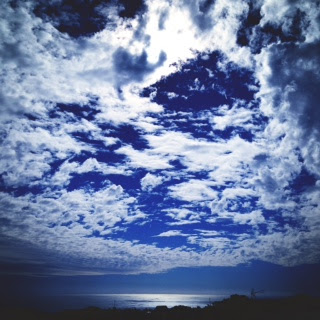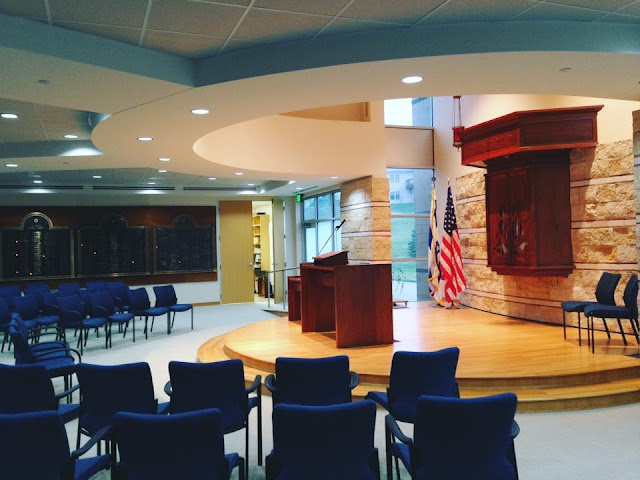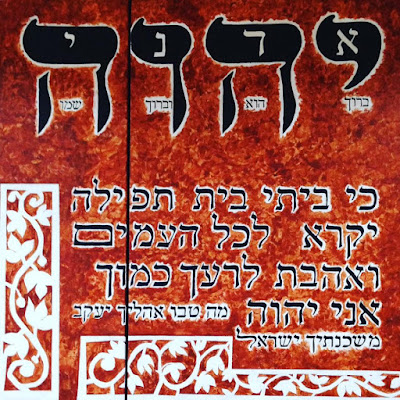We Are Called To Surrender

Rosh haShanah sermon Agudas Achim 2017 Rabbi Esther Hugenholtz We are Called to Surrender Perhaps you will have a similar childhood memory to mine: I have a memory of standing at the edge of a cliff. My family was on holiday and we were exploring some beautiful rugged coastline. Having always been been a strong swimmer, I saw people leap off the cliff into the sea below and I felt compelled to do the same. My bare feet inched closer to the edge, toes grappling the rough, irregular rock. I peered down below where the waves lapped hungrily. How deep was the plunge: 10 yards? 20? Perhaps 15? There was the distinct feeling of both excitement and discomfort. It wasn’t fear exactly – I wasn’t heroic or foolish, I knew I would be OK. It was something else; consciously overriding my internal mechanisms of self-preservation. I wanted to experience this; the brief weightlessness of the drop, the deep immersion into the waters and the sense of giving myself over to something far ...



